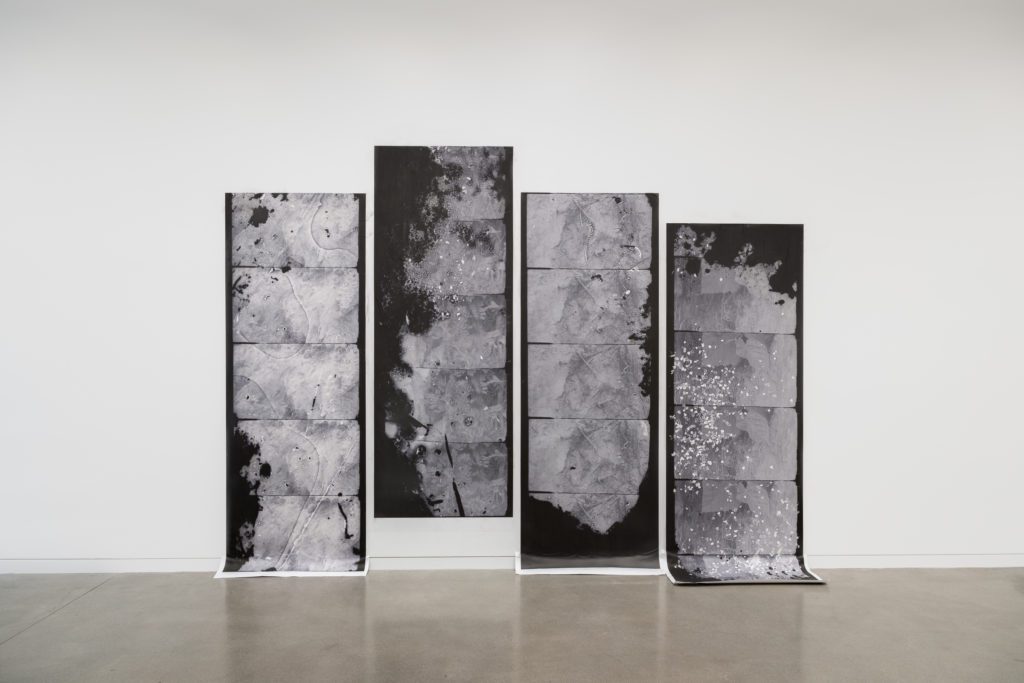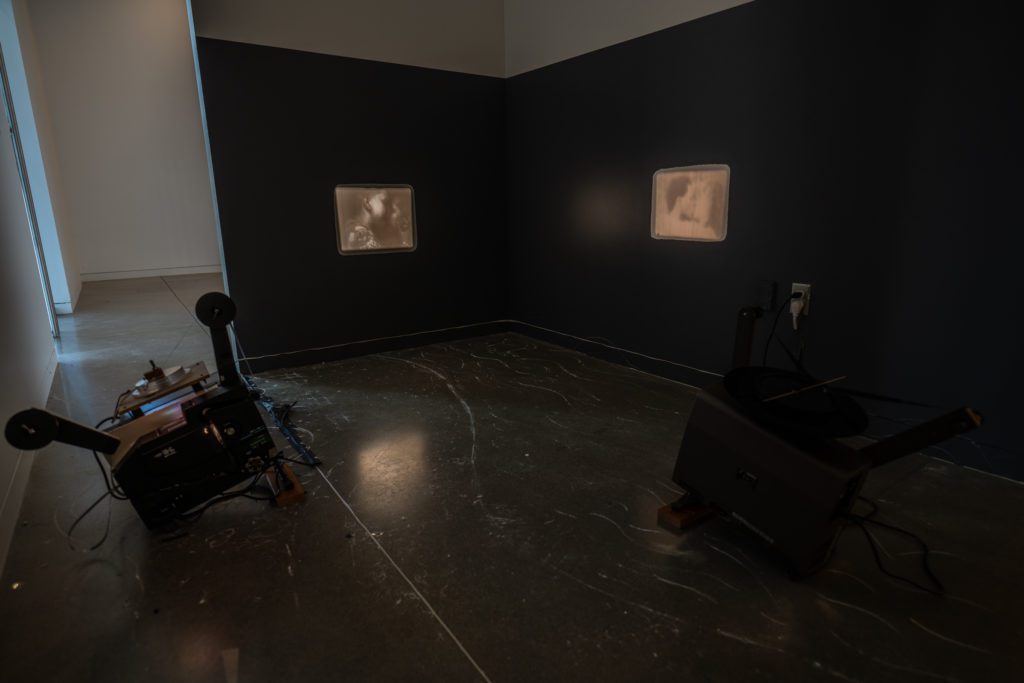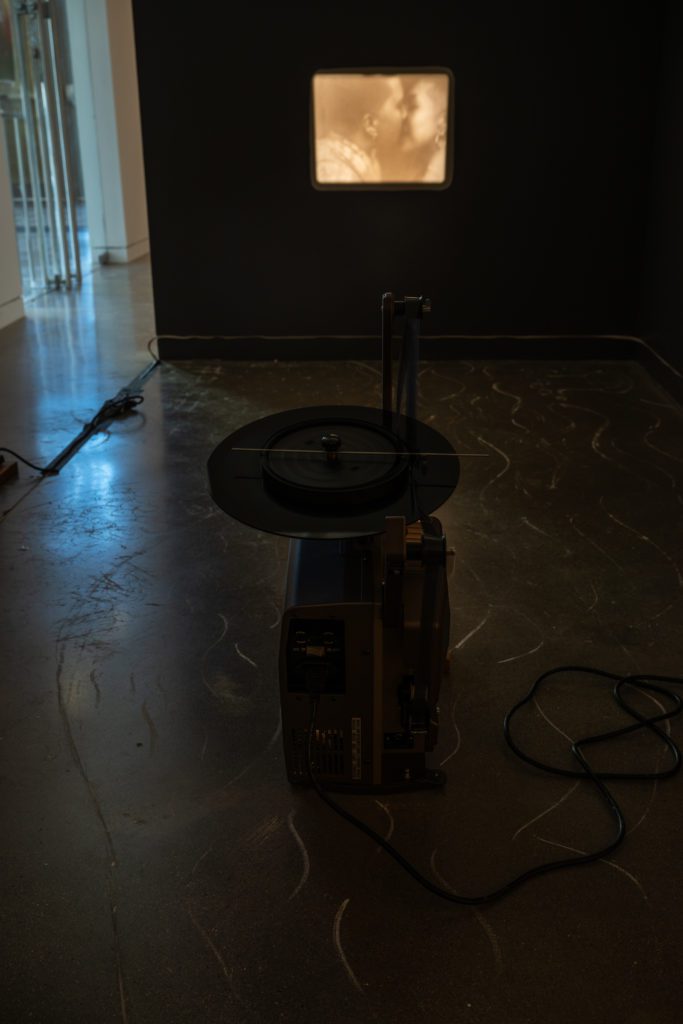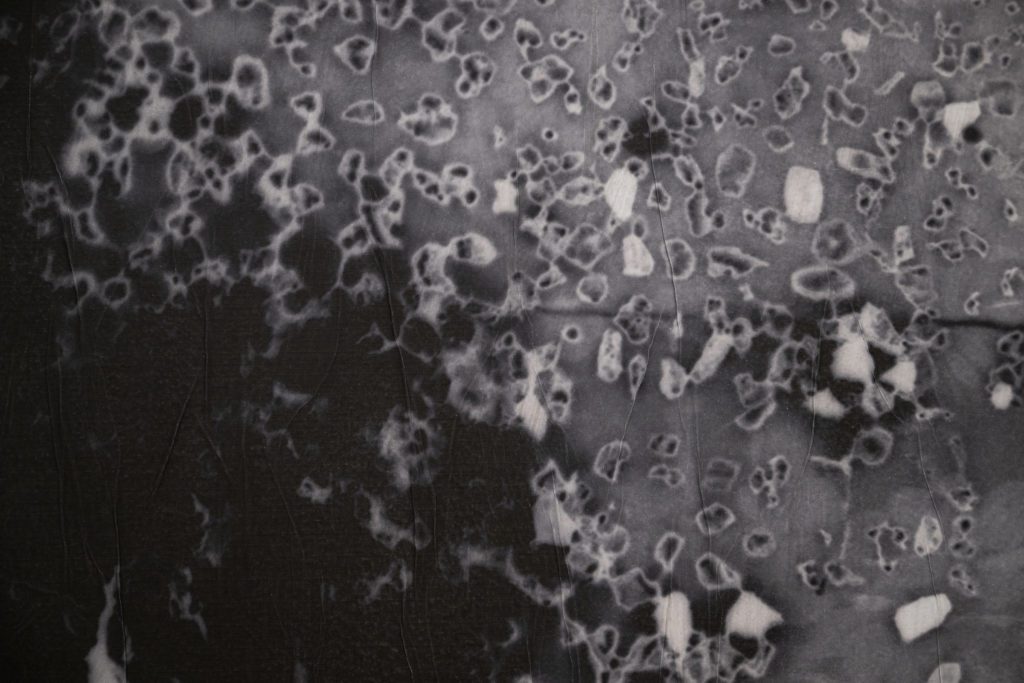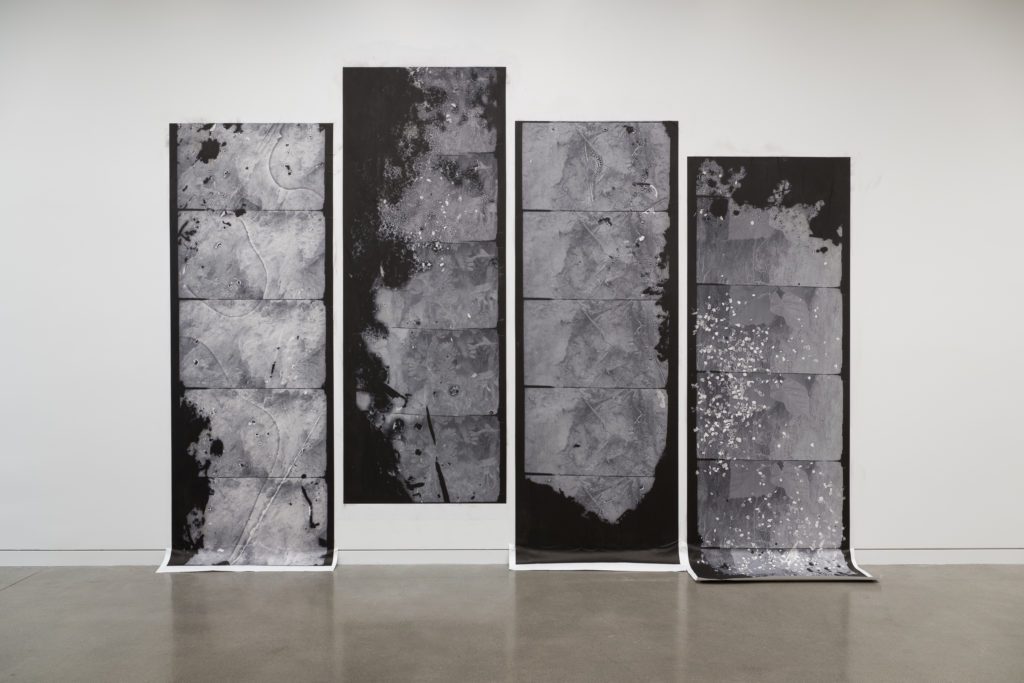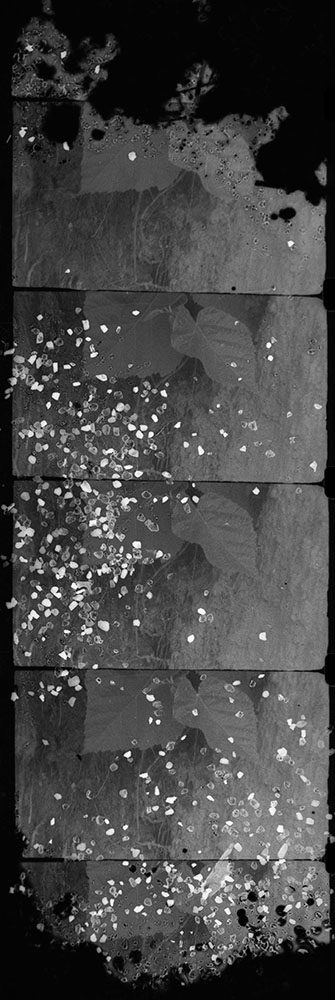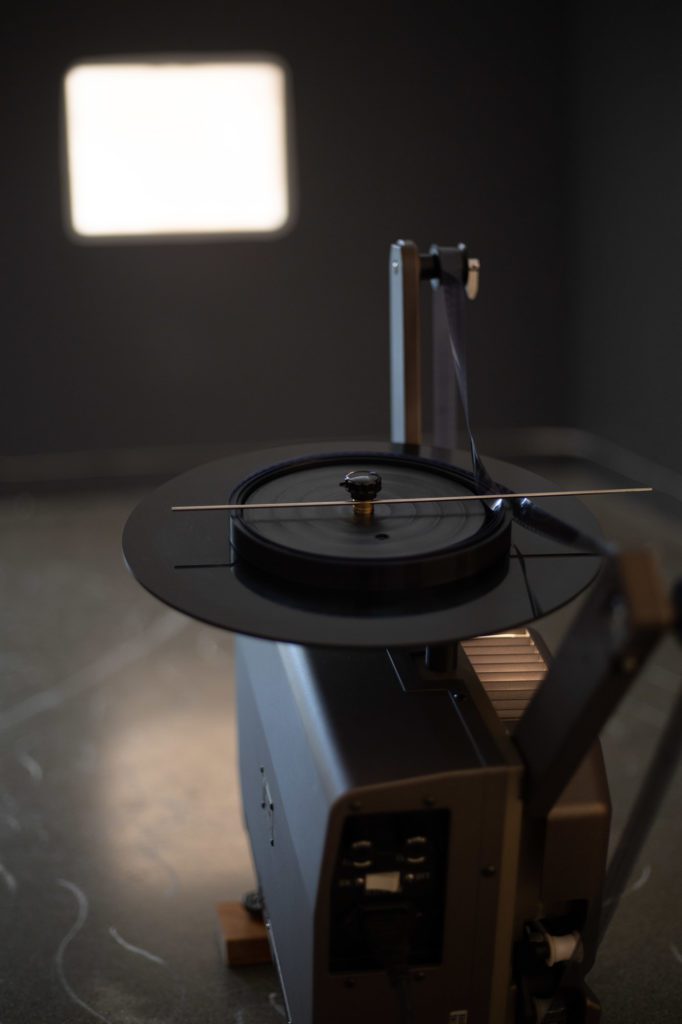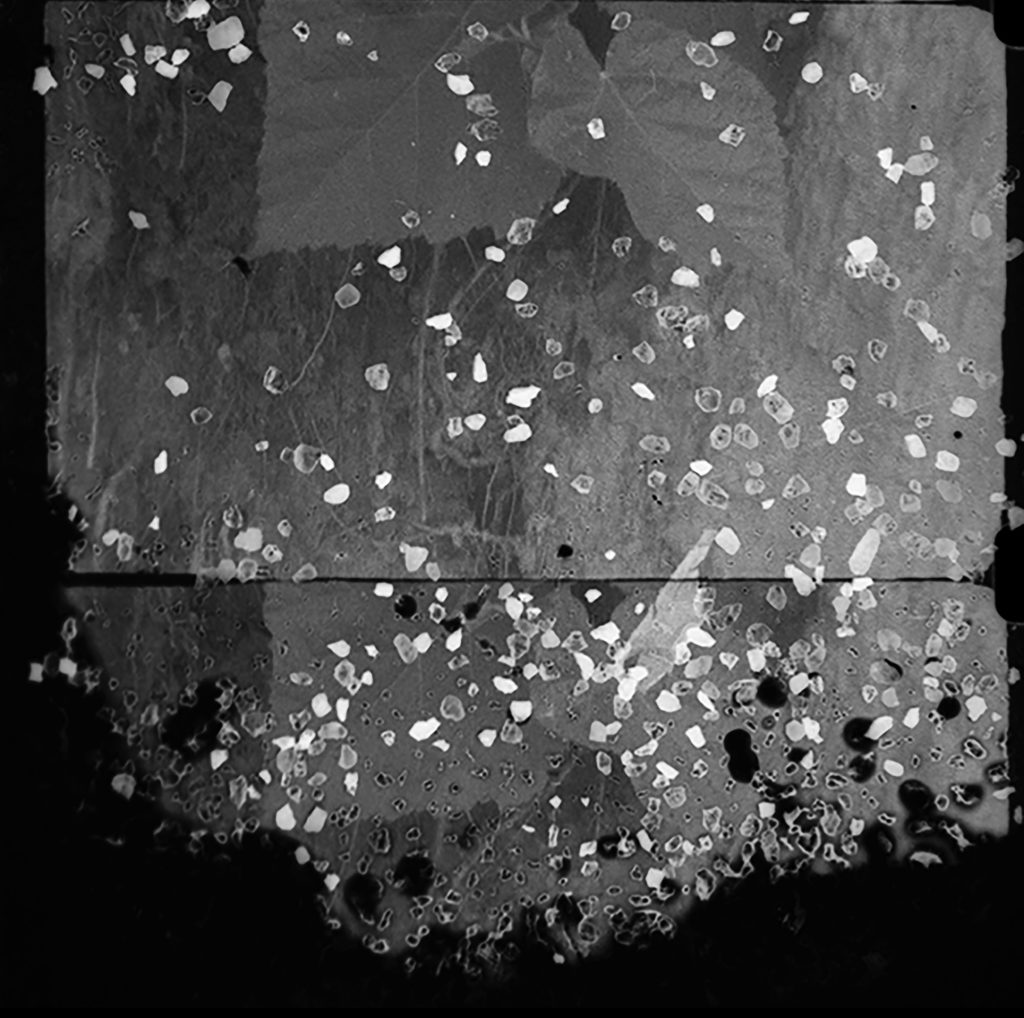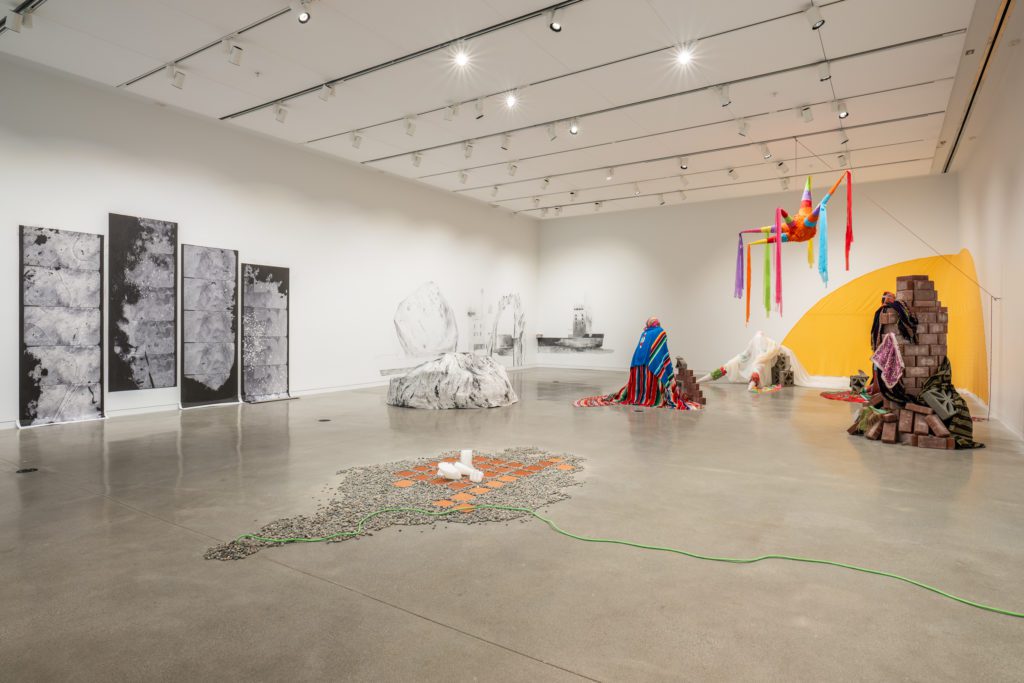Solitarium
2023
Exhibition
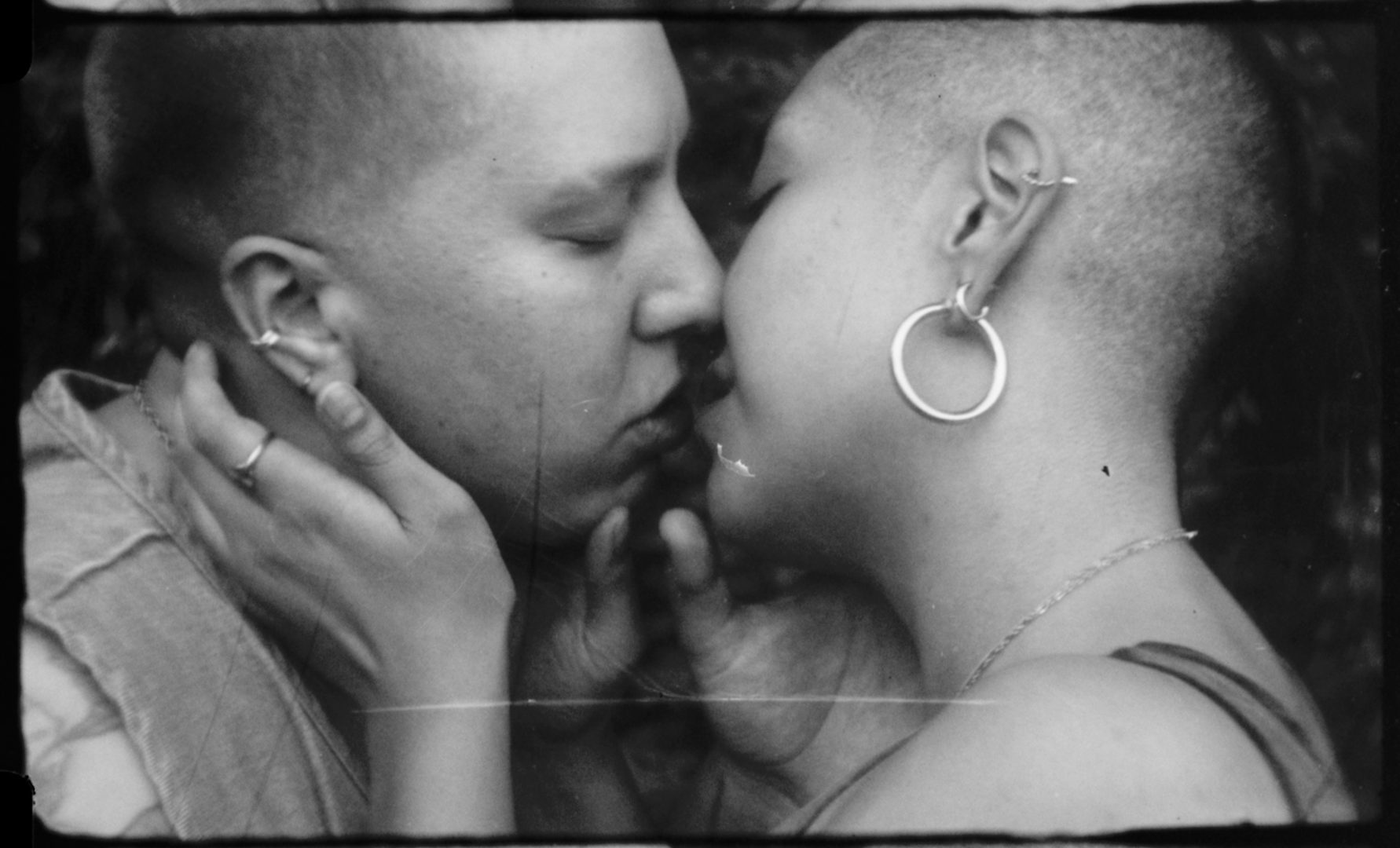
Positioning the structure of a solarium as a container for isolation, the artists in Solitarium consider contemporary human conditions through an incubation of loss, body, culture, and memory. A room which protects and isolates from outside elements, a solarium presents space as open to viewing the world yet shut off; preserving while secluding. A place to grow while accepting confinement. A place of comfort to let in the right amount of discomfort. An ‘in-between’ space. Conflating two disparate structures, Francisco Berlanga, Alex Gibson, Tiffany Law, Jesse Ross, and Morgan Sears-Williams explore states of solitude and growth as intertwined aspects of human life.
Together the artists in Solitarium question the lines between solitude and community, between the human desire to reach out, yet turn away. Through voluntary isolation, the body might find new avenues for growth, offering room to contemplate conflicting modes of resistance and receptivity which entwine to create psychological collisions. Much like heat from the sun intensified through an index of glass, so too might the act of self-concealment accelerate a way forward.
Examining the physical and imaginary erosion occurring at Hanlan’s Point Beach on the Toronto Islands, Morgan Sears-Williams’ work is a vessel for both solitary and communal experiences. Hanlan’s Point Beach was the site of Canada’s first ever Pride celebration in 1971. As an important gathering place for the city’s queer community, it is Canada’s oldest queer space, and one of the oldest continuously queer spaces in the world. The Solitarium holds both joy and desire simultaneously, along with the grief and loss experienced in queer spaces through both personal and geological erosion.
An infinite kiss in a concealed hideout you can only know about if you’re shown, sitting in a felt map, one that draws place as it’s experienced rather than cartographically. Emulsion eroding from acetate, stewing in sand dunes for days on end, morphed by the elements: sand, water, fire ants, wind, humidity, dirt. What remnants do we leave on the beach and what remnants of the beach remain on us?
Works:
infinite kiss, 2023, 16mm looped projection, 16mm projectors
iykyk, 2023, chalk
iykyk, 2023, sound
buried film, 2023, 30” x 96”, 16mm film altered by fire ants, sand, sun, humidity, water
This exhibition was held at the AHVA Gallery, UBC as part of the MFA Fall Exhibition, 2023.
